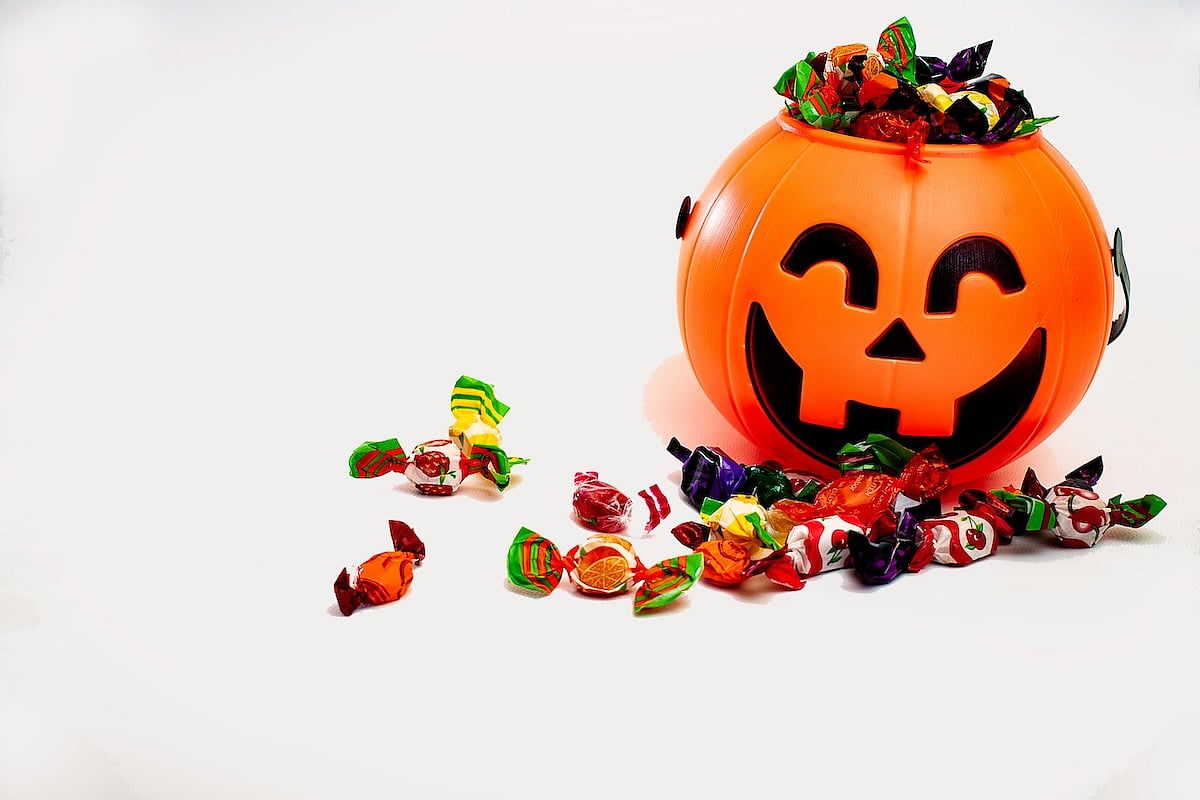Get Healthy!

- Posted October 31, 2024
Halloween Candy: Don't Get Spooked by All That Sugar
Sugar overload is a real danger on Halloween, as piles of candy prove a powerful temptation to both Trick-or-Treaters and the folks handing out the goodies.
Too many sweet treats can instigate a blood sugar spike followed by a hard crash, causing folks to become irritable and experience symptoms like dizziness, upset stomach, tiredness and headache, said Luis Rustveld, an associate professor of family and community medicine at Baylor College of Medicine in Houston.
“Sugar gets broken down into glucose by your body and travels through your bloodstream, signaling the pancreas to make insulin, which helps your cells convert glucose into energy,” Rustveld explained in a Baylor news release. “Too much sugar overwhelms the system, resulting in spikes in blood glucose levels.”
The best way to prevent both kids and adults from overloading on sugar is to start the night with a normal, balanced meal, Rustveld advised.
Slow-digesting protein from the meal will help blunt blood sugar spikes, and a fuller stomach will lower the desire to munch on too much candy, he said.
It’s also good to get in some physical activity -- either lots of steps Trick-or-Treating around the neighborhood, or working out earlier in the day -- to help maintain a balance between exercise and the added sugar in a Halloween diet, Rustveld said.
He advised parents to stick with the American Heart Association’s daily added sugar intake of no more than 25 grams, which is about three “fun-sized” chocolate bars.
While that might seem tough to stick to, parents can stem their kids’ Halloween candy cravings in a couple of ways, Rustveld said.
They can offer kids fruit, which is sweet but also contains fiber, or they can give them protein-rich snacks like cheese sticks. Both fiber and protein will help with blood sugar control.
People also can keep in mind that milk chocolate typically has higher levels of sugar and fat. Dark chocolate has lower levels of both and also is rich in antioxidants, Rustveld said.
Hard candies are another way to control rapid sugar intake, as it can take time for the candy to break down.
Sugar-free treats are another alternative, but if they contain excess amounts of sugar alcohols like sorbitol or xylitol there might be some GI distress like upset stomach, nausea or diarrhea, Rustveld said.
“Sugar-free candies notoriously cause bloating, especially for people who have irritable bowel syndrome,” Rustveld said. “If you have inflammatory bowel disease, you should not have any sugar-free products.”
Finally, everyone should try to limit their sugar intake a couple of hours prior to bedtime, to give their bodies a chance to process the sugar and be sure to brush their teeth well after eating treats.
All this self-control might seem like a hard sell, but Rustveld notes that it can lead to longer enjoyment of Halloween treats.
“If you set a limit for yourself or your child on Halloween night, you are then able to have this candy for longer, allowing you to eat it well into November if your Halloween haul is decent,” Rustveld said. “Go about your day eating your normal meals, and you’ll be less likely to overindulge in one sitting, which is what we tell patients to avoid.”
More information
The Mayo Clinic has more on handling kids’ Halloween candy.
SOURCE: Baylor College of Medicine, news release, Oct. 28, 2024







